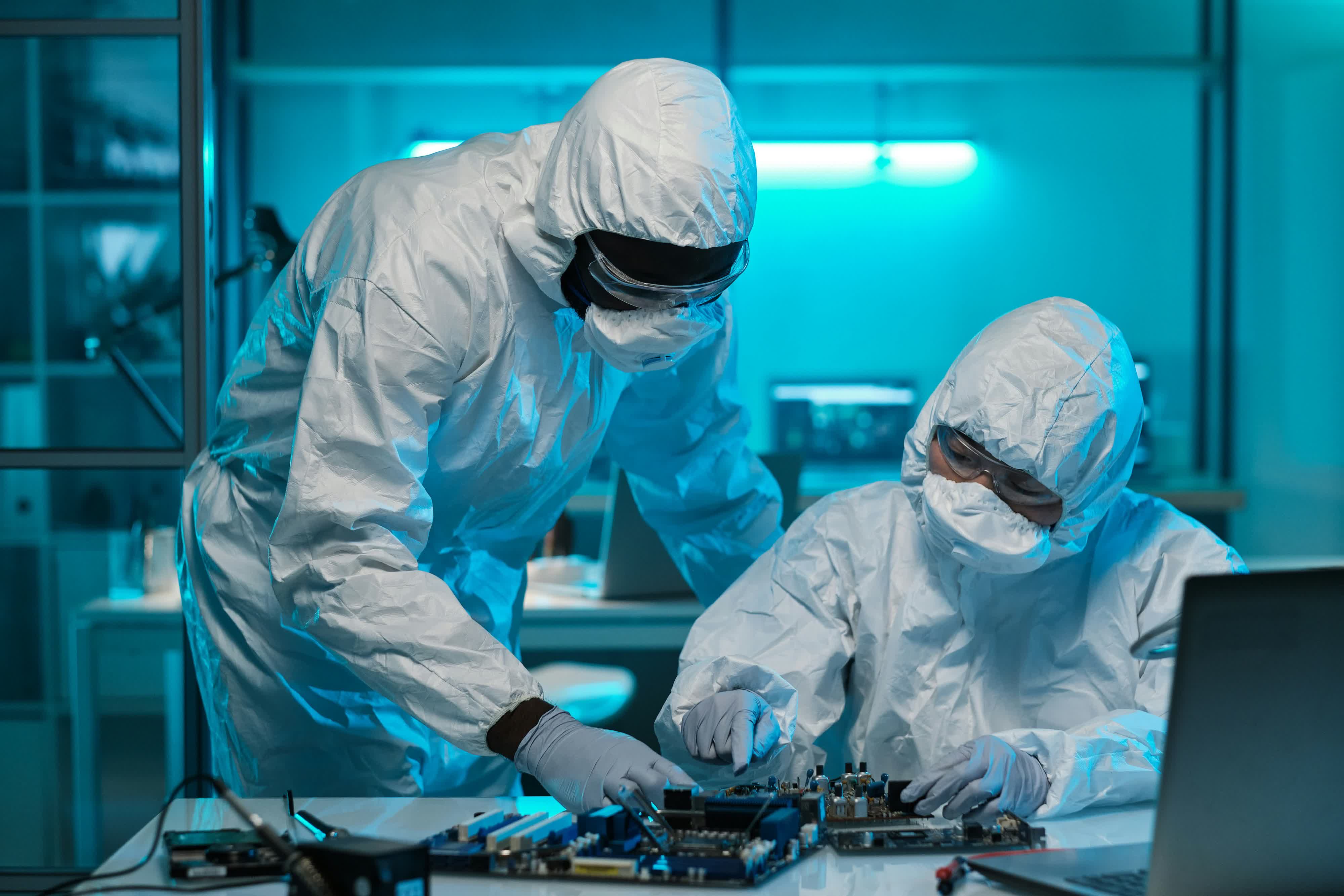"Living" Electrodes for Electronics
Science & Technology SciencePosted by NewAdmin on 2025-02-06 09:07:26 |
Share: Facebook | Twitter | Whatsapp | Linkedin Visits: 23

In recent years, researchers have developed an innovative approach to integrating electronics within living tissue, a breakthrough that could revolutionize biomedical applications. Traditional implanted electronics often face challenges due to the rigid nature of conventional materials, which can cause damage to delicate biological structures. However, scientists have now created soft, substrate-free conducting materials that form inside the body, using biological molecules as triggers.
A team from Linköping University, Lund University, and the University of Gothenburg has developed a unique injectable gel that enables this process. The gel consists of an organic monomer (ETE-COONa) combined with enzymes and crosslinkers. When injected, the body's natural metabolites (such as glucose and lactate) trigger polymerization, transforming the gel into a soft, flexible conductive structure. This method allows electrodes to form directly within tissues, adapting seamlessly to the body's biological environment.
This technology has been successfully tested on zebrafish, where polymerization occurred in the brain and tail fin tissues. The process proved non-toxic, with no adverse effects observed in the animals. Further tests on other biological tissues, including beef, pork, and chicken, demonstrated similar results. This innovation paves the way for new types of bioelectronics, such as neural interfaces, soft biosensors, and even electronic circuits that interact with living cells.
The researchers aim to refine the technique by controlling electrode formation at the cellular level and exploring its potential in larger animal models. This could lead to new treatments for neurological disorders, advanced brain-machine interfaces, and even regenerative medicine applications.
This groundbreaking approach redefines the boundary between biology and technology, enabling the body itself to create functional electronic components without rigid implants. Future developments could lead to more effective neural prosthetics, enhanced biofeedback systems, and safer medical implants.
Search
Categories
Recent News
- Hyderabad Tackles Traffic with Innovative Parking Solutions
- Road Safety Initiative Transforms Hyderabad's Mobility
- Hyderabad Police Warns of Festive Cyber Scams
- Hyderabad Traffic Cops Busted for Bribery Scheme
- Hyderabad Police Alert: Festive Cheer Meets Cyber Scams
- Nampally Court Bomb Scare: City on Edge
- Hyderabad Pub Faces Charges for Late-Night Operation
- Hyderabad Crypto Scam: Unraveling a Multi-State Fraud
Popular News
- Navigating IPO Market Dynamics Amid Volatility and Regulatory Changes
- Innovative Green Practices and Environmental Initiative
- Massive Worldwide Microsoft Outage Disrupts Multiple Sectors
- తెలుగుదేశం పార్టీ - పేదరికాన్ని నిర్మూలించడంలో వాగ్దానం
- Universities Embrace Remote Learning Technologies Amidst Ongoing Pandemic